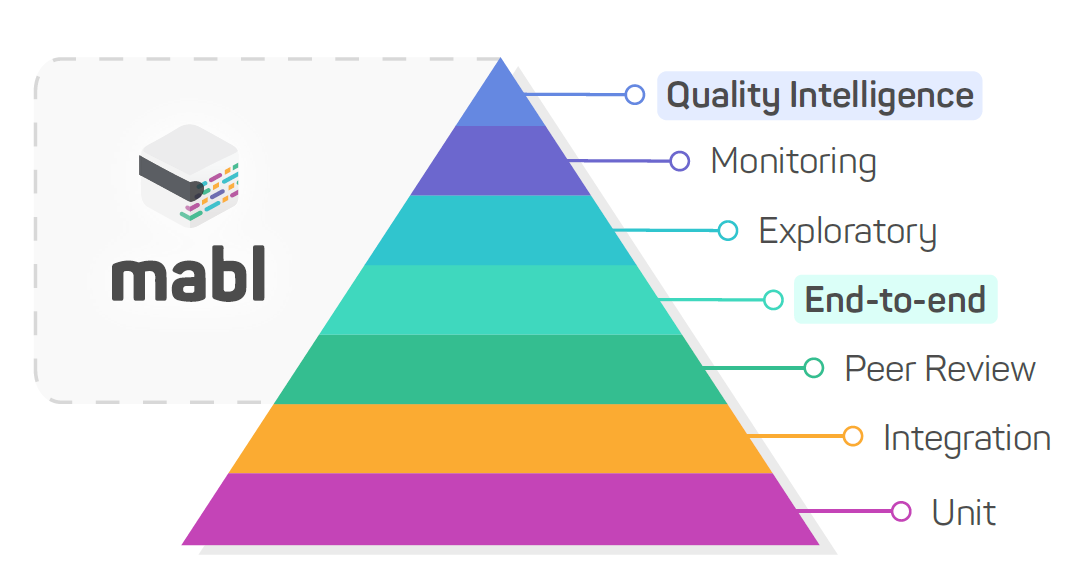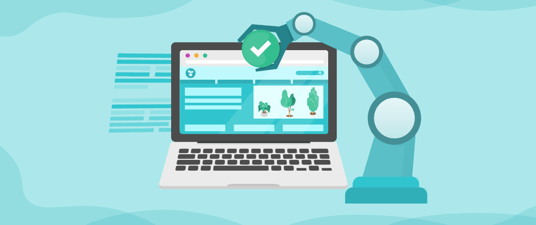Get a Free Trial
Creating, executing, and maintaining reliable tests has never been easier.
In this era of digital transformation, one phrase keeps surfacing over and over again: customer experience. Why has it become such a buzzword? The answer is pretty simple.
As companies across the world have made their journey to the cloud and, in turn, increased their ability to rapidly scale, they have found themselves in the company of many similar products and services. Enterprises stand out from the rest because of one thing: their customer experience.
Take these leaders: Ritual for adult vitamins, Charles Schwab for online banking, Dollar Shave Club for personal grooming, etc. They all provide great CX through valuable, easy-to-use, and enjoyable experiences for every customer, on every device, across every touch point - all in a way that fulfills expectations set and promises made.
CX is the new battleground
Customer experience has become the differentiator. And, in order to deliver on a promise of great CX, teams must deliver high quality applications. That means that QA now occupies a crucial and strategic role in the enterprise to ensure that their applications meet and exceed customer expectations.
Of course, with opportunity often comes obstacles. QA’s new strategic role is accompanied by challenges like:
-
Dynamic applications: This entails dynamic presentation, accessibility options, variable data, and more. And each variable means more things to test.
-
Multi-device platforms: Gone are the days customers are accessing your application from a desktop computer. Your application should work seamlessly across the multitude of devices your end user owns.
-
DevOps: The number of releases that need testing is dramatically increasing, and the adoption of this movement isn’t slowing.
These trends in the software development community require QA to think about testing differently while adapting to increased speed and scale.
Building tests with your customers in mind
The traditional testing pyramid as we know it must be re-imagined. To do this, customer-centric end-to-end testing should be implemented throughout the development life cycle. In the traditional triangle, unit and integration tests are performed by engineers - and QA teams try to navigate the customer experience through end-to-end tests and monitoring. However, tests that replicate the actual customer experience are run too infrequently (if at all!) - driving the need for quality intelligence.

The new testing triangle that enables customer-centric testing
Quality intelligence allows QA teams to explore and prioritize critical paths users take and catch more bugs in production. Leverage usage data from tools like Segment, or customer data from your CRM to help identify common journeys that need further testing. Your NPS scores will thank you.
With the help of tools like AI-powered automation tools like mabl, teams are transforming QA and delighting their customers with stellar CX. To learn more about how to transform the testing pyramid and build automated, customer-centric tests, download the whitepaper: “Automation and Machine Learning Help Create Truly Customer-Centric QA Tests”.
See how mabl can help you democratize testing at your organization. Start your free trial today!





